Medicine In War School Trip To Ypres
An opportunity to learn about the types of injury, illness and medical care experienced in the British sector of the Western front during WWI.
Highlights
Hooge Crater Museum and Trench site
Hill 60, site of the Battle of Messines
Medicine in war guided tour following an evacuation line
Lijssenthoek Visitor Centre
Archbishop Holgate's SchoolVery helpful Tour Co-ordinator. Nothing was too much trouble when organising the tour which was essential for me to get it off the ground.
Suggested itinerary
What's included*
*Please note, entrance fees where applicable are not included in typical price – contact us for more details
**Subject to EU driver’s hour regulations
Recommended excursions
This outstanding museum aims to preserve our connection with World War I through character-led experience and the story of the land. Exhibitions blend interactive installations with relics allowing students to explore history on a peer-related level. A permanent exhibit traces the invasion of Belgium with educational programmes to delve deeper into the war past.
Essex Farm was the site of an Advanced Dressing Station (ADS) and the land was appropriated as burial ground from October 1914 (First Battle of Ypres). Because of the nature of the medical outpost, very few burials are unidentified, although the cemetery layout tells of the unpredictable wave of life and death at the ADS. Original bunkers and shelters remain. Photo © R/DV/RS.
There are only four WWI German cemeteries in Flanders – the first German gas attacks happened in Langemark 1915 and over 44,000 soldiers are buried here. After the battle of France in 1940, troops withdrew to Dunkirk and Calais over these battlegrounds of World War I. Some casualties of 1940 are buried side by side with soldiers who fell not 30 years previous. Photo © Nick Townsend.
The tour takes a close look at the medical evacuation of wounded soldiers and developments in surgery and treatment. Explore how soldiers were picked-up by stretcher bearers to a Regimental Aid Post and how first aid was delivered. The route follows a series of Dressing Stations. Mental health issues such as shell shock are discussed at the Poperinge execution yard. The tour ends at Talbot House, a true heaven in hell.
60 metres above sea level, Hill 60 proved to be a sought-after vantage point during intense fighting in spring 1917. It was the site of the famous Battle of Messines and has been left mostly undisturbed since the end of WWI. A large bunker that was originally used by the German army can be found in a near-original state. Image by ViennaUK CC BY-SA 4.0, from Wikimedia Commons.
The Hooge Crater Museum offers an extensive collection of military artefacts, uniforms, photographs and life-size recreations of scenes from the war, and offers a great insight into life in the trenches. A medical class has also been established as an advanced dressing station where a guide can discuss the stages of medical evacuation, show medical equipment from the time complete with Ford T motor ambulance. The Hooge Crater Museum also has German and British trenches. Image by Amanda Slater (CC BY-SA 2.0).
Lijssenthoek was the site of the largest evacuation hospital in the Ypres Salient. It presents the story of medical assistance during WWI with a focus on the nearby field hospital and casualty clearing stations. Visitors can browse hospital diaries and listen to letters and witnesses through the walls. 10,784 people are buried in the military cemetery; a video calendar tells the story of one victim who died on each day.
The Poperinge Town Hall courtyard commemorates those who were shot at dawn as deserters. At least four British Soldiers are known to have been shot here out of a total of 69 in the Westhoek area. The death cells where the soldiers spent their last night can be visited. Image by LimoWreck, CC-BY-SA-3.0, from Wikimedia Commons.
Talbot House opened in 1915 as a soldier club and provided a home from home for the troops to relax and enjoy themselves away from the front line. Visitors can follow a digital tour of the house and its exhibits, and there is a Concert Hall, small chapel in the upper room, and an English Garden. Image by Chielbuseyne CC BY-SA 3.0, via Wikimedia Commons.
This moving tribute to the courage and sacrifice of those who fell defending their town is an imperative experience for students connecting with WWI. Each night at 8pm the traffic stops around the Menin Gate memorial – six buglers from the fire brigade play the Last Post, Reveille and silence is upheld.
An award-winning museum on the 1917 Battle of Passchendaele. Students can explore the underground museum and the Dugout Experience to gain an understanding of the life of soldiers underground during WWI. The tour continues outside in faithful reconstructions of British and German trenches.
This is the largest Commonwealth cemetery in the world with around 11,954 soldiers resting here. The British Army captured the ridge where it is set in 1917, with a German blockhouse turned into an Advanced Dressing Station thus necessitating the burial ground. Fact: There are 8,367 unidentified graves at Tyne Cot, the headstones inscribed “Known Unto God”.
With landscaped gardens and an ancient castle, Belgium’s oldest theme park is home to wildlife from big cats to capybaras, as well as thrilling rides such as the Screaming Eagle vertical drop tower. Water rides include the Niagara, which careers down the highest waterfall in Europe.
Tip: The Boomerang roller coaster travels at over 80km per hour.
Located next to the Bellewaerde Theme Park, the Bellewaerde Aquapark offers a variety of indoor themed water attractions including four water slides. With greenery, relaxation areas, an aquarium and a café/restaurant this is a good option for students to unwind following a day focussing on the very serious theme of war. Seasonal opening times.
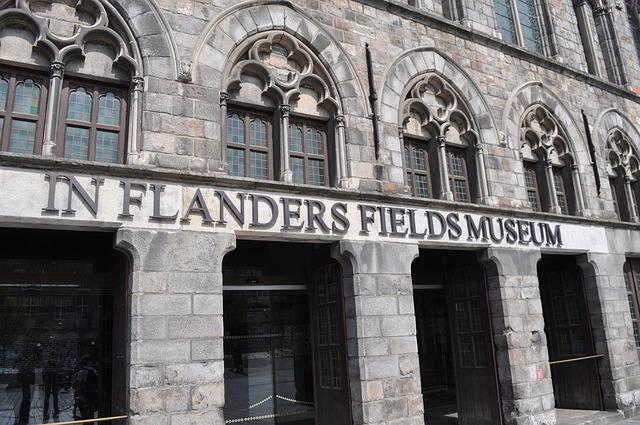
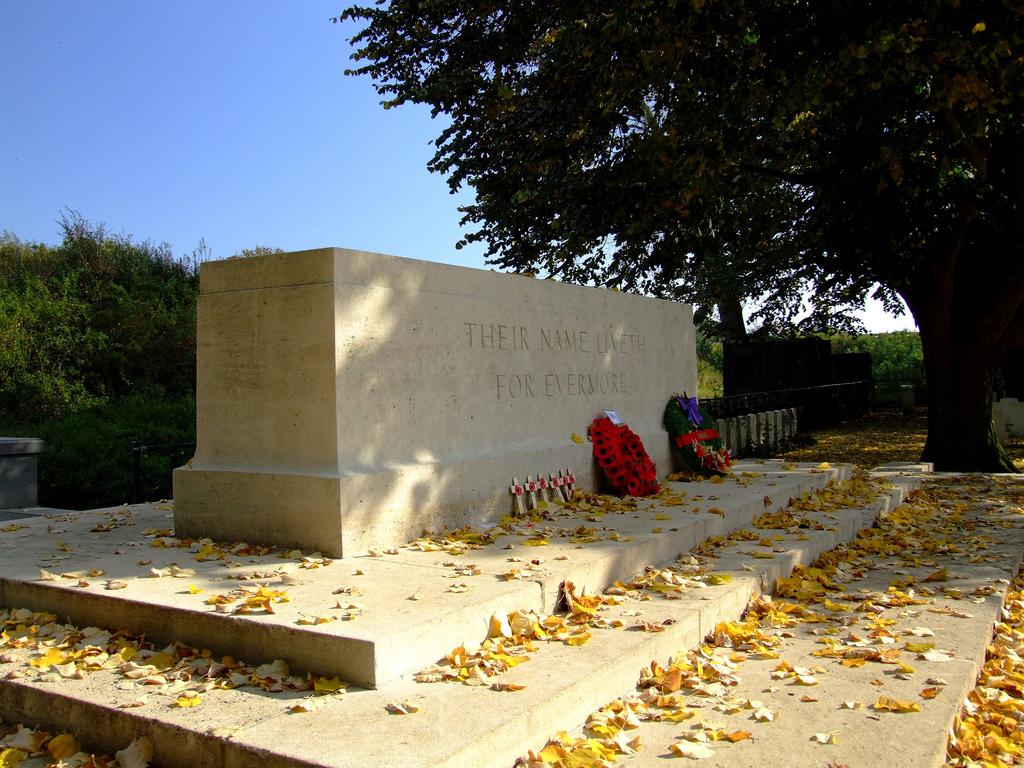
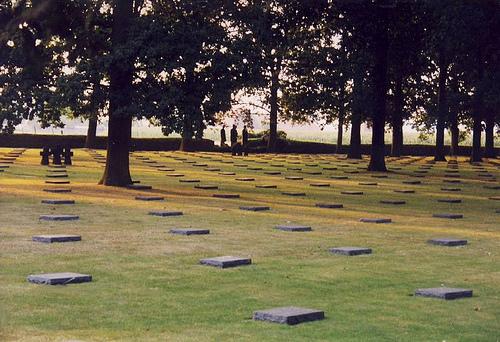
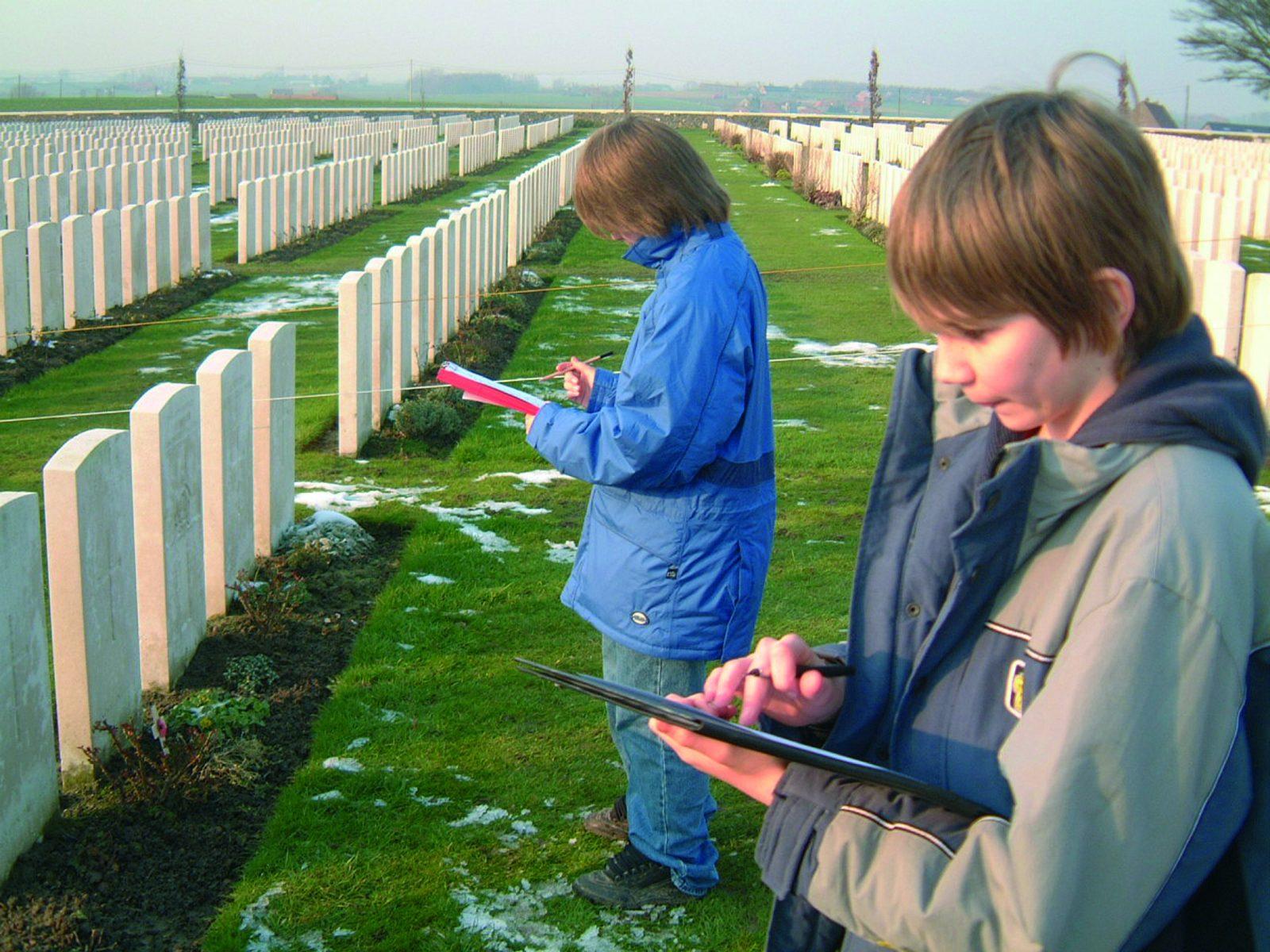
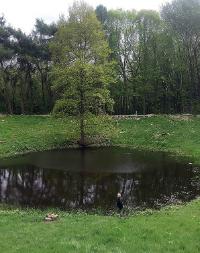
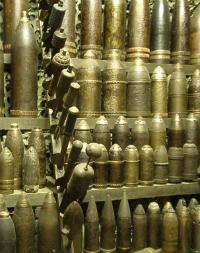
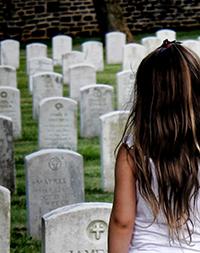
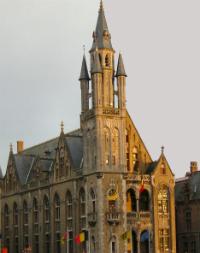
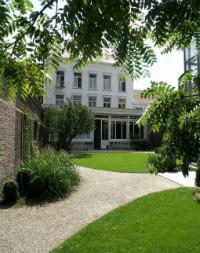
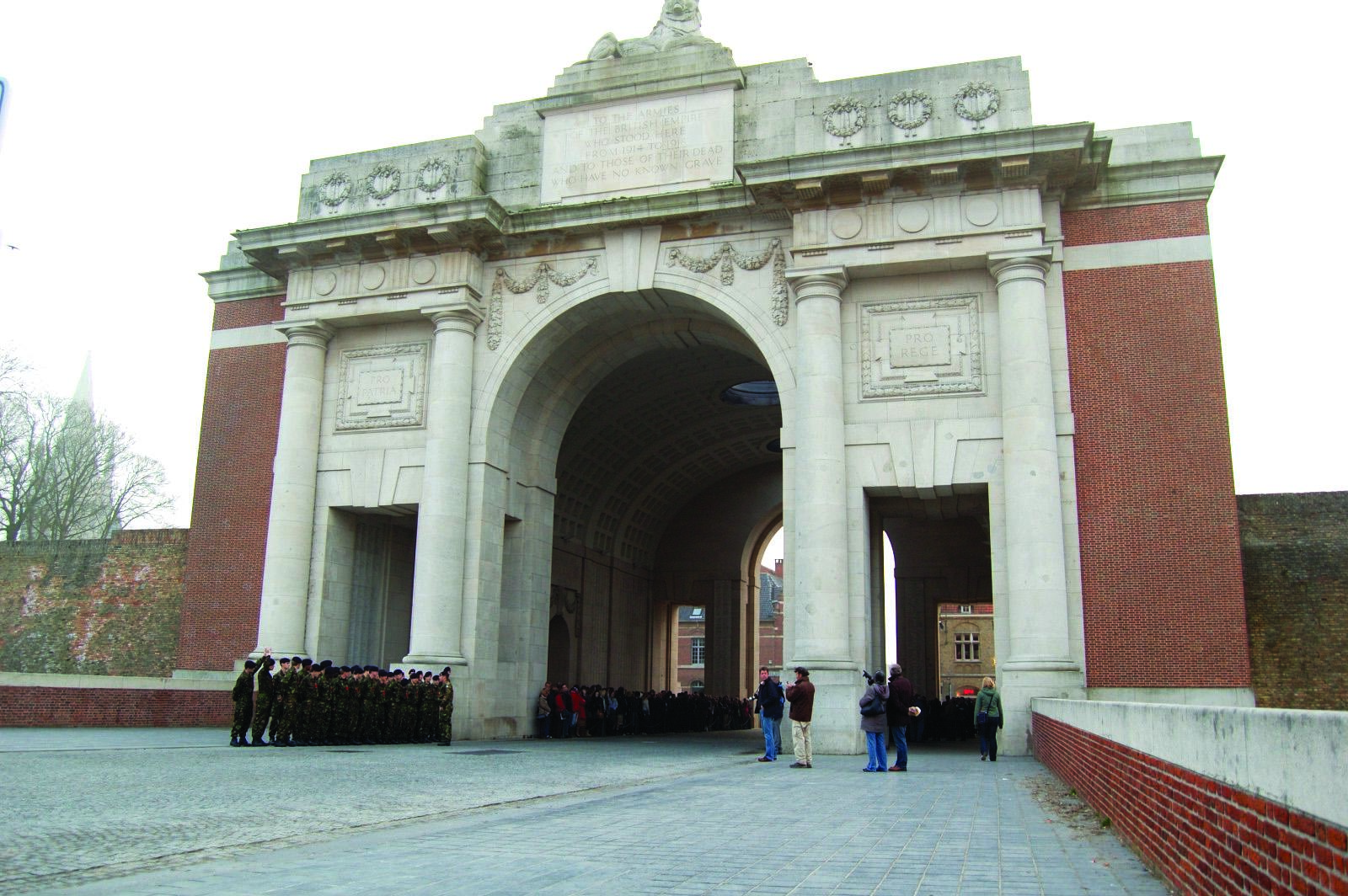
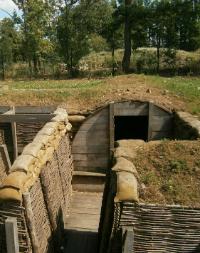
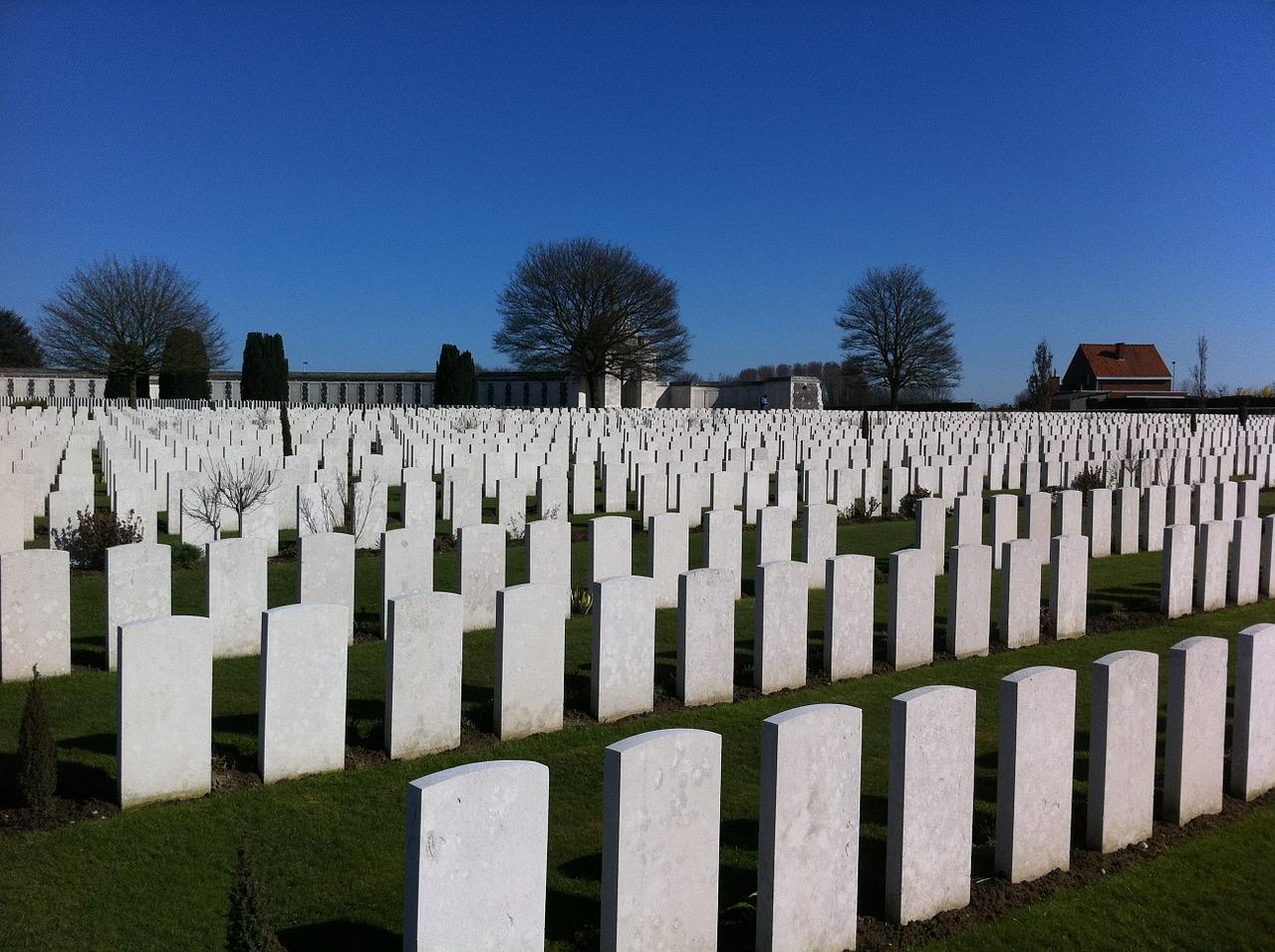
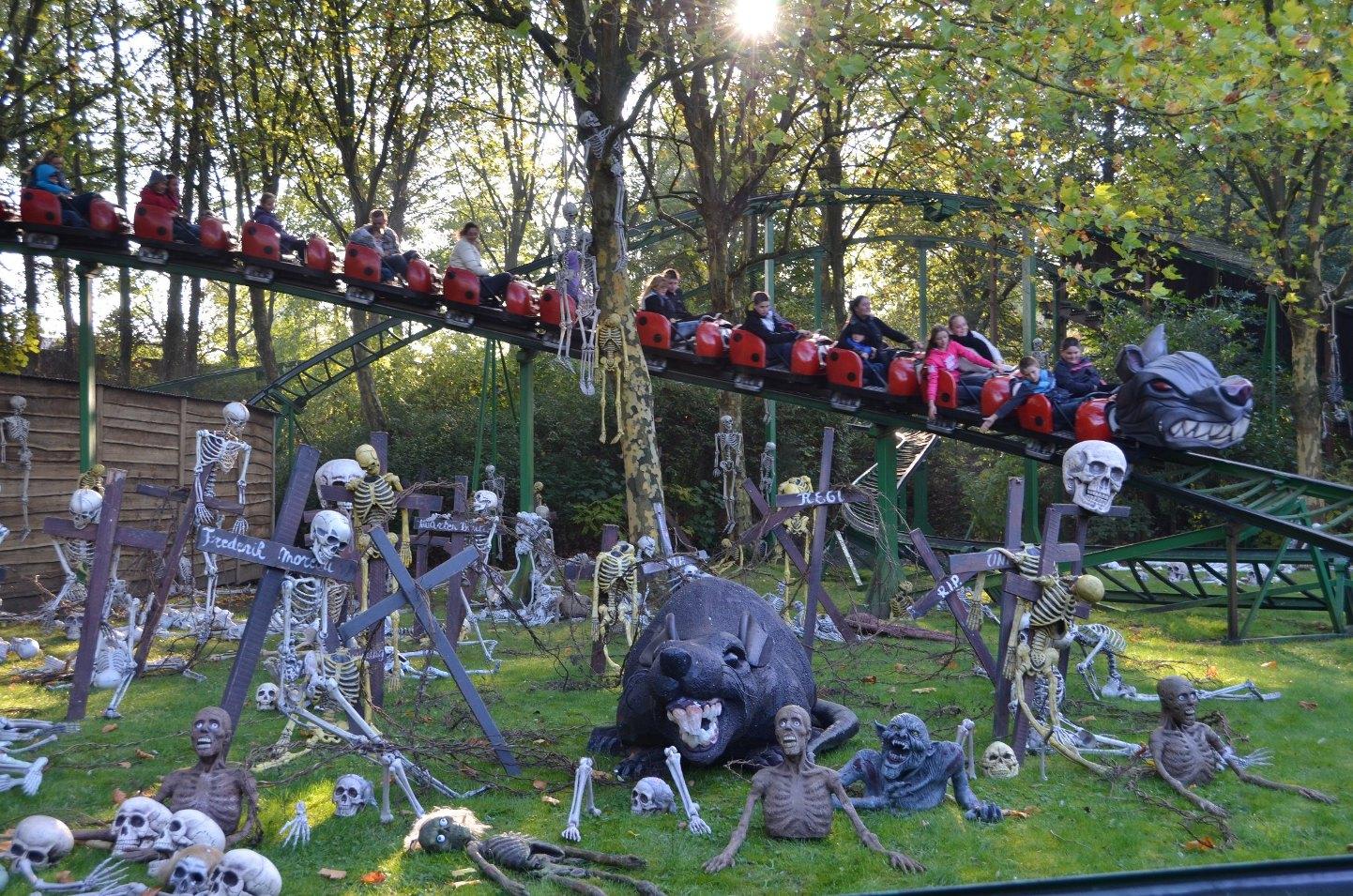

Typical accommodation
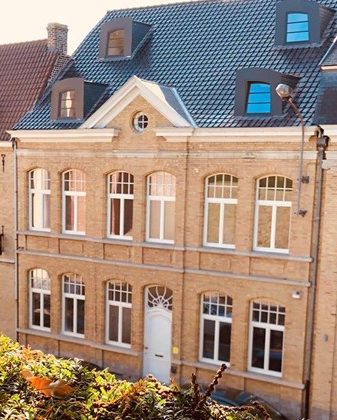
Why groups like it:
Facilities:
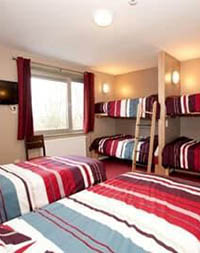
Why groups like it:
Facilities:
Learning outcomes
Subject focus
Students can:
- Understand more about the conditions endured by soldiers in World War I, trench warfare and its consequences.
- Look at the technological advances in weaponry used in WW I and the type of injuries they caused and their treatment
- Consider the impact of war on the advancement of medical treatments
- Learn about the chain of evacuation’ – the chain of field posts having separate tasks e.g. assessing patients and dressing wounds en route to the hospital
- Examine the effects of historical trends and events on ordinary people
- Learn how people respond to traumatic events
- Understand the influence of the Great War on later events
Student outcomes
Students will have had an opportunity to:
- Gain a better understanding of the events and experiences of soldiers in World War I and trench warfare
- Learn how this war was different to previous conflicts
- Experience how a system was organised for treating casualties in the fields surrounding their trenches.
- Understand the advances in medical treatments resulting from the Great War
- Explore concepts of patriotism and citizenship and consider the quest for international peace
- Gain a better understanding of the historical consequences of the war



